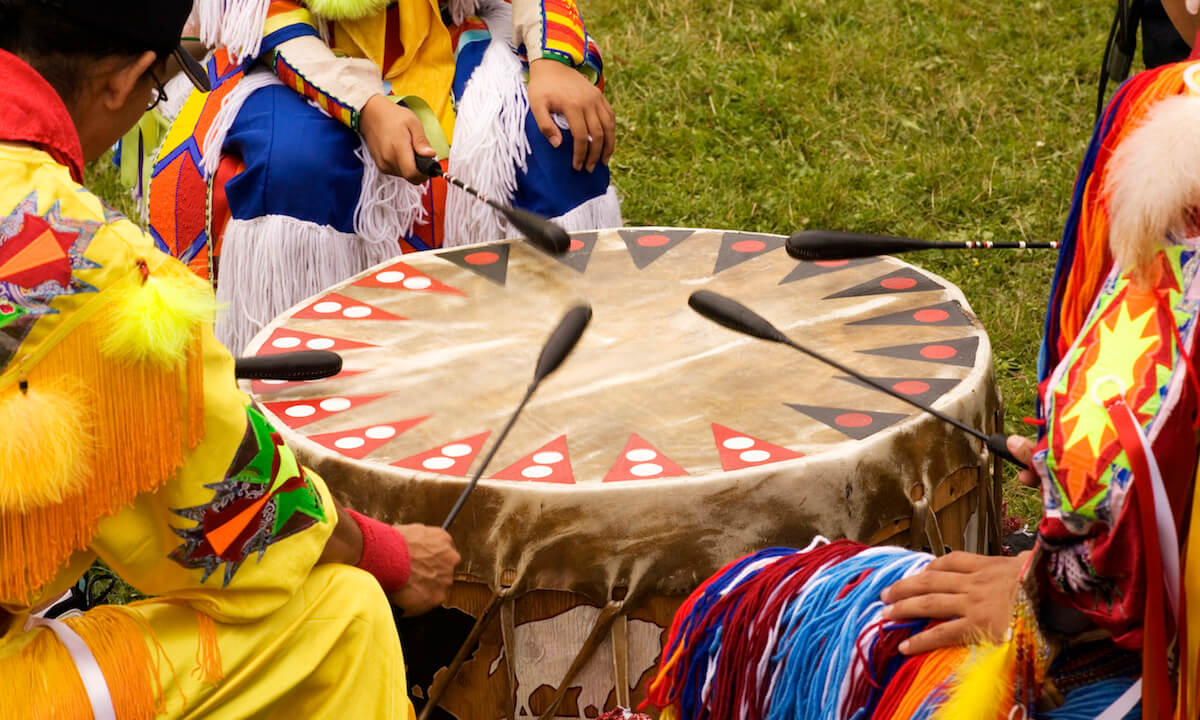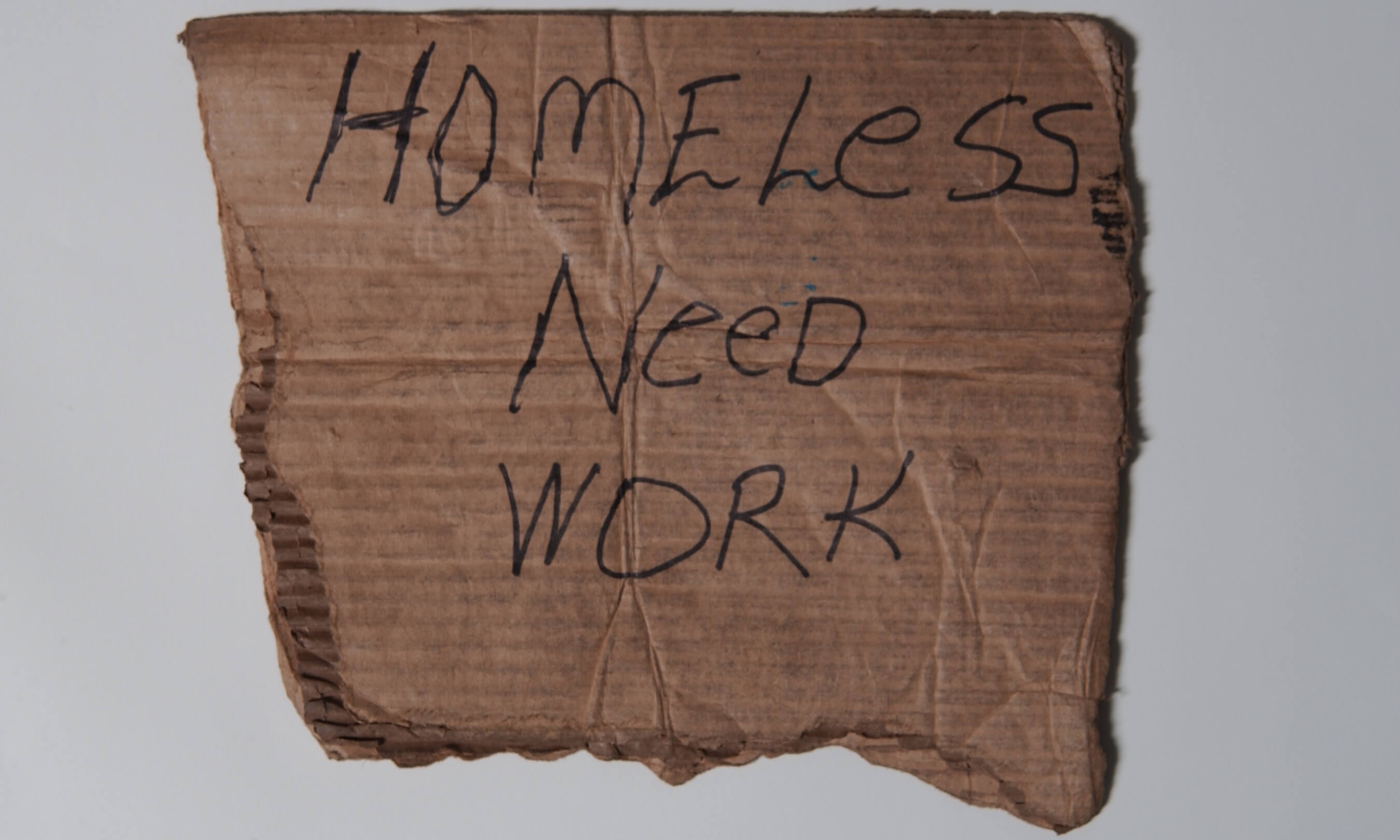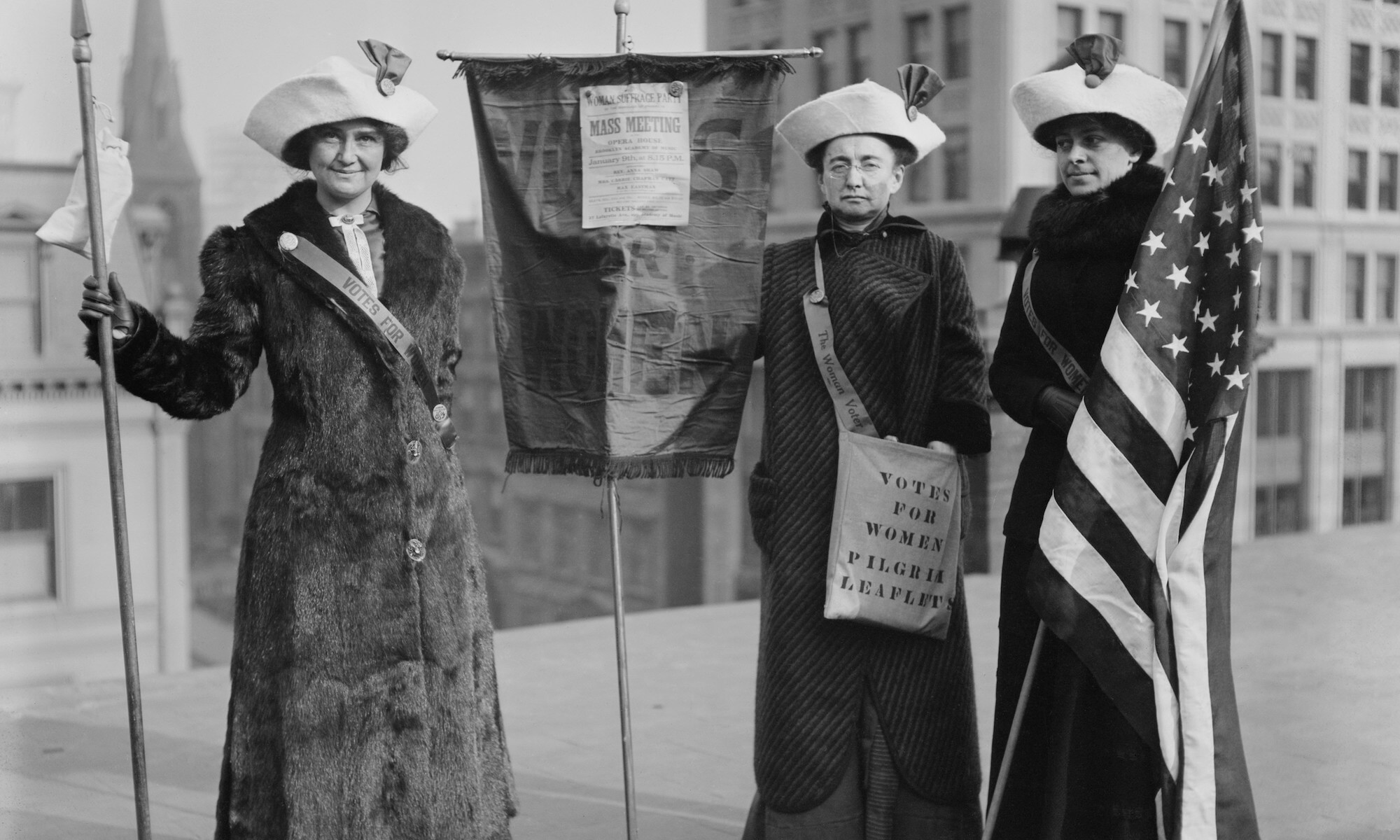The Montana House of Representatives voted to join several other states in celebrating Indigenous Peoples’ Day instead of Columbus Day. However, the fight for recognition is not over yet!


The Montana House of Representatives voted to join several other states in celebrating Indigenous Peoples’ Day instead of Columbus Day. However, the fight for recognition is not over yet!

Interested in retiring by age 30? Check out these helpful tips to managing your money.

Watch this video to see how our brains interpret what our eyes see, and explore why this human trait may have been a necessary adaptation.

In the 1870s, the creation of deparatment stores gave women a socially acceptably way to leave the home, both as shoppers and as part of the workforce.

In this video and article, nine-year-old kids on four continents share their thoughts about their lives and the broader world, including what expectations they feel because of their gender.

Former world debate champion and business strategist Julia Dhar argues that debating ideas instead of identities is the key to productive conversations.

A researcher at UCLA found that brain scans taken while study participants watched a variety of video clips could accurately predict which of the subjects were friends.

Philosophy professor Firmin DeBrabander contemplates how couples display their relationships on social media.

This girl didn’t like what she was seeing—or not seeing—on bookshelves. She organized and spoke out to see more characters like her and other under-represented groups in books throughout the country.

Even the smallest act of kindness can make a difference to someone who has suffered a natural disaster. Find inspiration in the examples described here.

Homelessness takes many forms and has many causes. It affects over half a million people in the United States alone, and that number is on the rise. Learn about the depth of the problem and what is being done to combat it.

Read about the history of opposition to women’s suffrage and view historical documents and images pertaining to the issue in this resource from the National Women’s History Museum.

Read about the evolution of the concepts of the “self” and “self-care” as it pertains to society and the individual.

Slavery was a brutal institution in the era of the United States’ founding, but many historical sites fail to address the entwined legacy of former presidents and those they enslaved.

Statues of conquistadors are facing many of the same criticisms as Confederate statues. How should we treat these statues? Read the article for commentary on a complicated issue.

Photo IDs are a necessity for many vital services. Unfortunately, the system for obtaining an ID can be difficult for those experiencing homelessness. Read the article to learn how a group of entrepreneurs are using technology to help.

Many factors influence what Americans eat. Look at the infographic about food deserts to learn about one of these factors.

Read how a group of high school students are chipping away at the gender disparity in the drone pilot industry.

A decades-long study shows how children handle conflict early in life affects their health as adults.

Read how the organiation Narrative 4 pairs people around the world to hear each other’s story and then retell them.